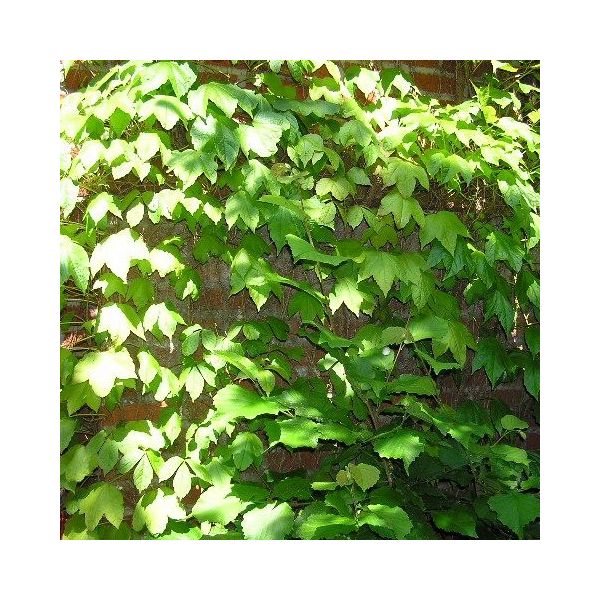Parthenocissus Tricuspidata Seeds (Boston Ivy Seeds)
Parthenocissus Tricuspidata Seeds (Boston Ivy Seeds)
Climber growing to 18 m at a fast rate. Suitable for acid, neutral and basic soils.

Delivery
All orders shipped with UPS Express.
Always free shipping for orders over US $250.
All orders are shipped with a UPS tracking number.
Returns
Items returned within 14 days of their original shipment date in same as new condition will be eligible for a full refund or store credit.
Refunds will be charged back to the original form of payment used for purchase.
Customer is responsible for shipping charges when making returns and shipping/handling fees of original purchase is non-refundable.
All sale items are final purchases.
Help
Give us a shout if you have any other questions and/or concerns.
Email: contact@domain.com
Phone: +1 (23) 456 789
Availability: Out of stock
SKU
Parthenocissus tricuspidata
Parthenocissus tricuspidata is a flowering plant in the grape family (Vitaceae) native to eastern Asia in Japan, Korea, and northern and eastern China. Though unrelated to true ivy, it is commonly known Japanese creeper, Boston ivy, Grape ivy, Japanese ivy, and woodbine (though the latter may refer to a number of vines).
It is a deciduous woody vine growing to 30 m tall or more given suitable support, attaching itself by means of numerous small branched tendrils tipped with sticky disks. The leaves are simple, palmately lobed with three lobes, occasionally unlobed or with five lobes, or sufficiently deeply lobed to be palmately compound with (usually) three leaflets; the leaves range from 5?22 cm across. The flowers are inconspicuous, greenish, in clusters; the fruit is a small dark blue grape 5?10 mm diameter.
Like the related Virginia creeper, it is widely grown as a climbing ornamental plant to cover the fa‡ades of masonry buildings. Its use for this in Boston, Massachusetts, United States has resulted in one of the alternative names. This usage is actually economically important because, by shading walls during the summer, it can significantly reduce cooling costs.
It is readily distinguished from Virginia creeper by the simple leaves (always palmately compound with 5 leaflets in Virginia creeper).
The plant secretes calcium carbonate, which serves as an adhesive pad and gives it the ability to attach itself to a wall without requiring any additional support. While it does not penetrate the building surface but merely attaches to it, nevertheless damage can occur from attempting to rip the plant from the wall. However, if the plant is killed first, such as by severing the vine from the root, the adhesive pads will eventually deteriorate to the point where the plant can be easily removed without causing any damage to the wall.
Perhaps one of its most famous uses in the United States is the famous ivy covered brick outfield walls at Wrigley Field.
| Common name | Boston Ivy |
|---|---|
| Family | Vitaceae |
| Genus | Parthenocissus |
| Species | Parthenocissus Tricuspidata |
| Germination | Coming soon. |
| Price View | Price Range |

